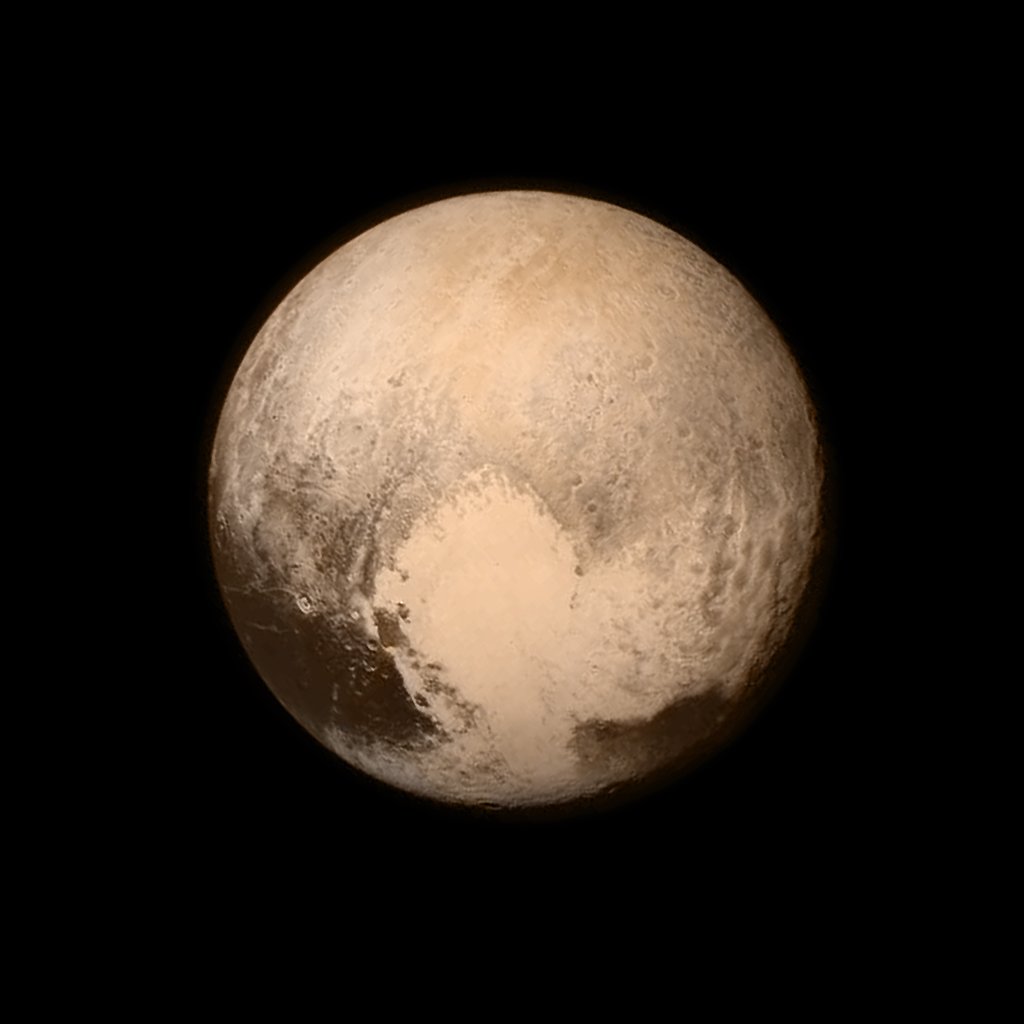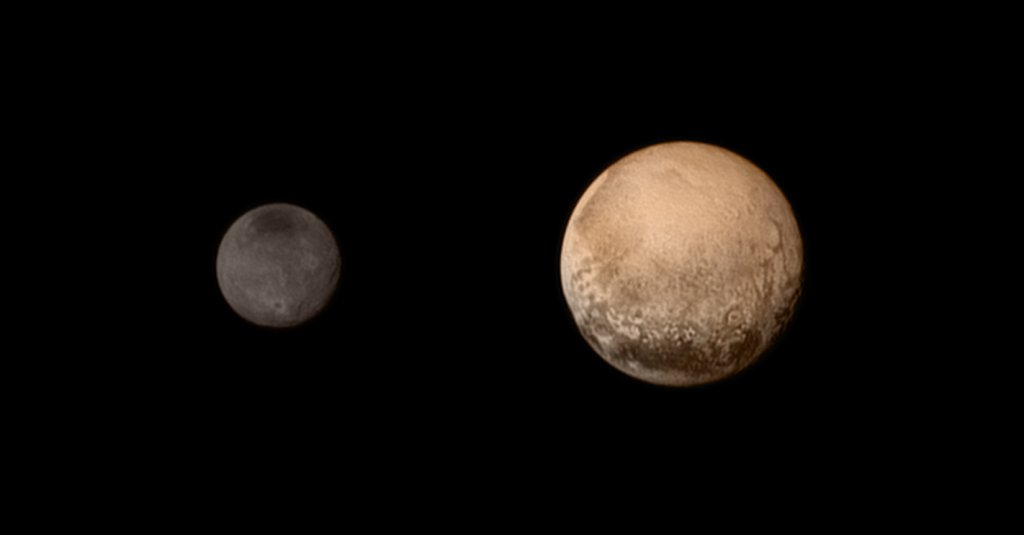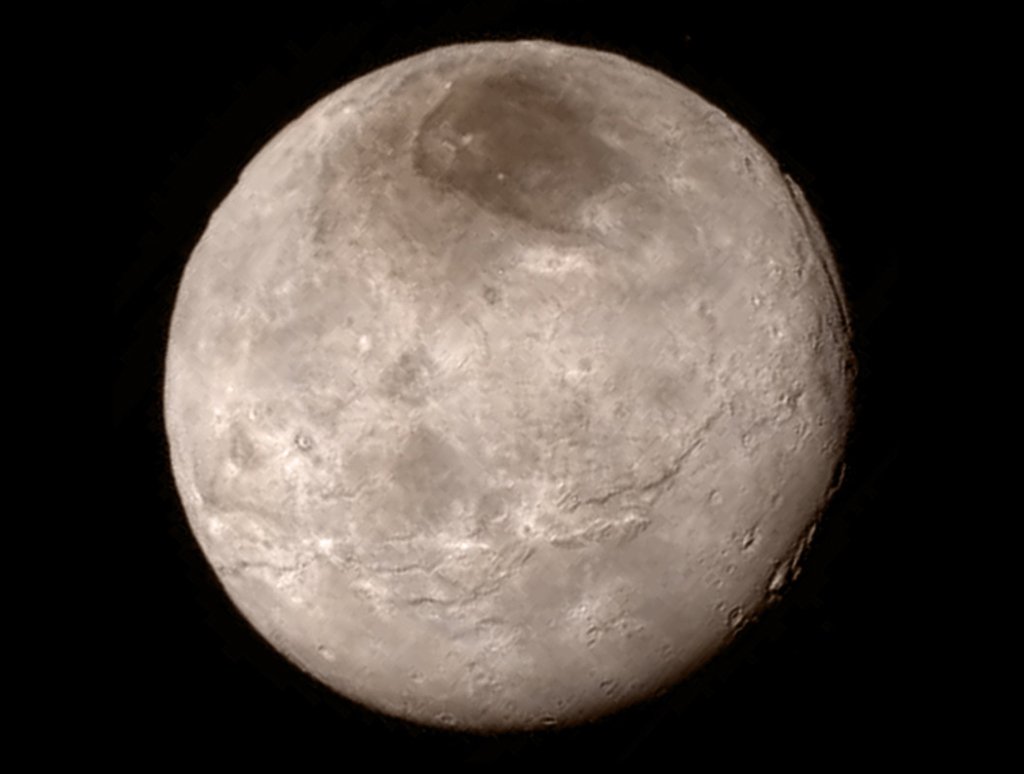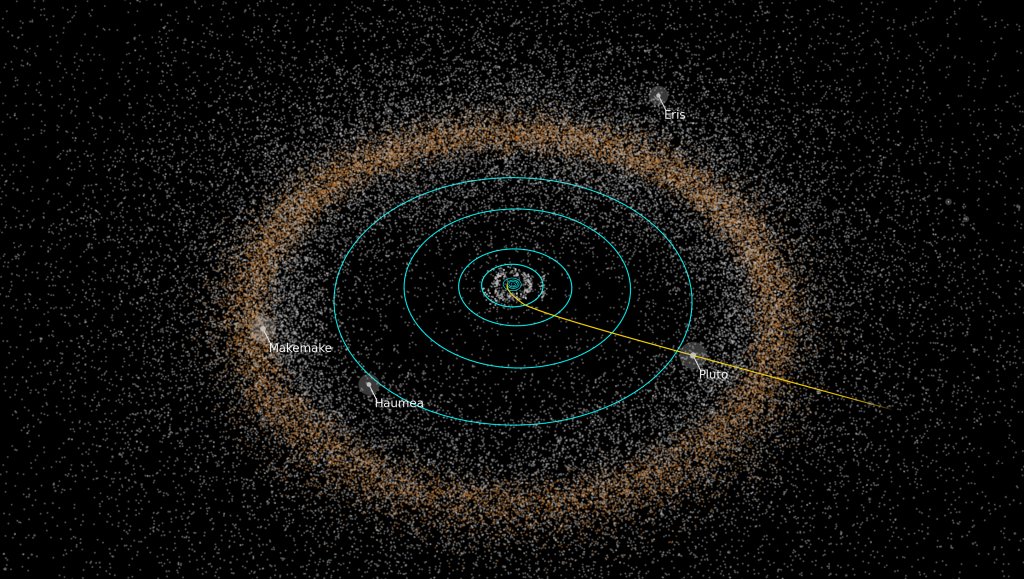
After almost a decade of high speed travel and recovery from an anomaly, New Horizons successfully reached Pluto. During the flyby on Tuesday, July 14th, the craft got within 7,800 miles of the dwarf planet and took the highest resolution photos we’ve seen thus far and gathered large amounts of data on the system.
Pluto’s Surface
Researchers say they have been very surprised by what they are observing and Cathy Olkin, a co-investigator of the mission, announced, “Pluto has so much diversity. There’s nothing like it.”
Images and other data have revealed much about Pluto’s surface. The craft took a close up image of the mountain range to the bottom of Tombaugh Regio, the recently discovered and named heart shaped region. The mountains are at least 11,000 feet up, making them comparable to the Rocky Mountains.
Pluto’s surface
Popular Science
Also, the image shows no craters, a big surprise given previous conceptions of Pluto’s positioning to the Kuiper belt would have made it a mostly bombarded, inactive (not a lot of recently formed mountains, canyons etc) object. This means the surface is much younger (<100 million years) and much more geologically active than considered. The surface is now known to have nitrogen ice, methane ice and carbon monoxide ice in concentrations varying vastly across different regions. These are relatively ‘soft’ materials so scientists don’t believe the mountains be entirely composed of them. They predict an abundance of frozen water could actually be the support under these mountain ranges.
Charon
Images are showing a mysterious dark region at the northern pole of Pluto’s largest moon, Charon. Researchers believe it could be some type of chemical veneer.
Also investigators identified an over 600 mile expanse of cliffs and troughs on the moon. In addition to canyons up to six miles deep, Charon’s surface, too, is looking more active than previously expected. Since Charon is not large enough, planetary activity could not be from tidal heating like scientists consider the cause of recent geological formations on rocky planets to be. Instead, researchers posit it could be radiation, an internal ocean, energy pockets from formation or something else entirely we haven’t ever considered that’s causing the geological activity.
Newer Horizons
The New Horizons craft will continue to send back high resolution images and data of the Pluto system for the next 16 months. Researches anticipate the coming data will continue to transform our knowledge of the dwarf planet and its system. The craft will soon send better images of the other four moons in the Pluto system.

A smaller moon, Hydra, with a unusual and surprising oblong shape
Space
As of now, the craft is already millions of miles past the Pluto system and is continuing its deep space expedition into the Kuiper Belt. We’ve now encountered our entire classical solar system!
Sources: Space, Johns Hopkins University Applied Physics Laboratory, CNN, The Guardian
Images: NASA, Popular Science, Huffington Post, Wired, Space, JHUAPL



